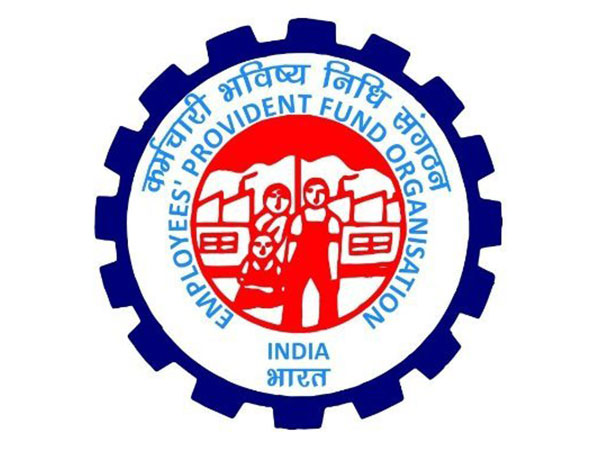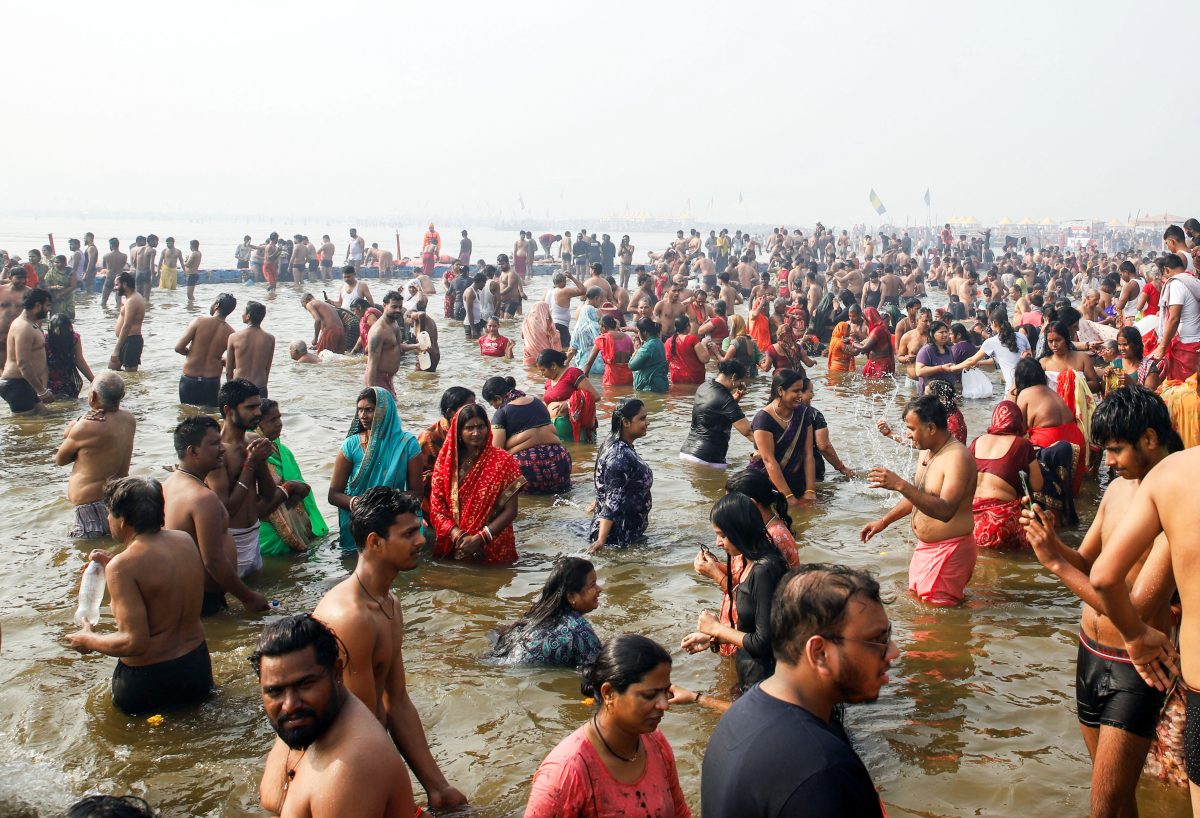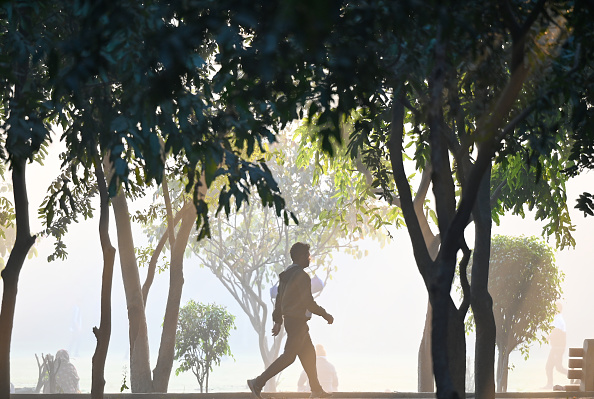The 2024 Jammu and Kashmir Assembly elections are set to take place in three phases, starting on September 18 and concluding on October 1. This election is particularly significant as it marks the first time in ten years that the 90 Assembly constituencies in the Union Territory will vote for their representatives. The stakes are high, as this is the first Assembly election since the abrogation of Article 370 and the region’s reorganization into a Union Territory. With 8.8 million eligible voters and 11,838 polling stations, these elections are expected to solidify the grounds of future of Jammu and Kashmir.
Delimitation and a New Structure
Delimitation involves redrawing the boundaries of Assembly or Lok Sabha constituencies to reflect shifts in population over time. This process is carried out by the Delimitation Commission, whose decisions are legally binding and cannot be challenged in court. Historically, delimitation exercises in Jammu and Kashmir have differed from those in the rest of India due to the region’s special status, which was revoked by the central government in August 2019. Prior to this change, the delimitation of Lok Sabha seats in J&K was governed by the Indian Constitution, while the state’s Assembly seats were governed by the Jammu and Kashmir Constitution and the Jammu and Kashmir Representation of the People Act, 1957. Delimitation had previously occurred in 1963, 1973, and 1995, with the last exercise based on the 1981 census. However, in 2002, the J&K government, led by Farooq Abdullah, amended the Jammu and Kashmir Representation of the People Act to freeze the delimitation process until 2026.
The Jammu and Kashmir Reorganization Act of 2019, passed by the Modi government, increased the total number of seats in J&K from 107 to 114 (including seats reserved for Pakistan-occupied Kashmir). The 2022 delimitation exercise resulted in the creation of 90 Assembly seats, with 43 allocated to Jammu and 47 to Kashmir. New constituencies were added in Jammu’s Samba, Rajouri, and Kathua districts, while Kupwara in Kashmir gained an additional seat. Notably, nine seats were reserved for Scheduled Tribes (STs) for the first time. This restructuring ensured a more balanced representation.
What Has Changed Since Article 370?
The transformation of Jammu and Kashmir following the abrogation of Article 370 has been widely discussed. The impact has been multifaceted, particularly in terms of security. Since the Article’s removal, there has been a 70% decline in terrorism-related incidents, an 81% reduction in civilian deaths, and a 48% decrease in security force casualties. Incidents of stone-pelting have dropped from 1,328 in 2018 to zero in 2024, while terrorism incidents have decreased from 228 in 2018 to just 11 in 2024.
Improved security has also boosted trust in the region, with the tourism sector flourishing as a result. Over two crore tourists visited Jammu and Kashmir in 2023, and more than one crore had already visited by June 2024. Tourism, the region’s primary industry, has thrived, thanks to the central government’s efforts to create additional sources of income for residents. Job creation has been a priority, with over 34,000 vacancies filled since the abrogation of Article 370 in various sectors, including service commissions, public service, police, and banking.
Investment in the region has surged, growing from Rs 297 crore in 2019-20 to Rs 2,153 crore in 2022-23, with an additional Rs 6,000 crore in the pipeline. The Gross State Domestic Product (GSDP) increased from Rs 1 lakh crore in 2014-15 to Rs 2,27,927 crore in 2022-23. More than 170 projects have been completed under the Smart City Mission in Jammu and Kashmir.
The abrogation of Article 370 has given Jammu and Kashmir a new structure, face, and momentum, driving its development to new heights. The region, known for its saffron, has also become a leader in India’s “purple revolution” as part of the Aroma Mission. Lavender farming, introduced under this initiative, offers farmers a lucrative new crop, fetching more than ten thousand rupees per kilogram. As Union Minister Dr. Jitendra Singh noted, “Jammu and Kashmir born ‘Aroma Mission’ will be among the torchbearers of ‘Viksit Bharat,'” highlighting how science, innovation, and growth can thrive even in challenging conditions.
Past Elections, Trends, and Current Expectations
The recently held Lok Sabha elections in the Union Territory saw a 58.58% voter turnout, with the BJP and JKNC each winning two seats and an independent candidate securing one. The 2014 Assembly elections resulted in a fractured mandate, with the PDP winning 28 seats, the BJP 25, the JKNC 15, and Congress 12. This pattern of fragmented results is common in the region. The 2024 elections will test the strength of regional parties like the National Conference (NC) and the People’s Democratic Party (PDP) and their ability to maintain influence amid the growing popularity and reach of national parties like the BJP.
As Jammu and Kashmir steps into its first Assembly elections in a decade, and the first since the abrogation of Article 370, the stakes couldn’t be higher. With 90 constituencies up for grabs, the political landscape is poised for a significant shift. From the echoes of its princely past to its new Union Territory structure, J&K has undergone a transformation. Voter turnout, economic revival, and the growing influence of national parties make this election one to watch closely. In the end, this vote might be less about old loyalties and more about who can drive the region’s promising future forward.
By: Pooja Mishra (DD India)





















